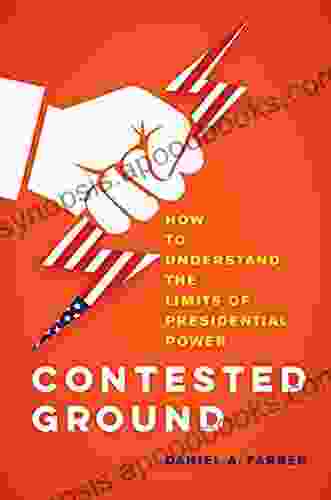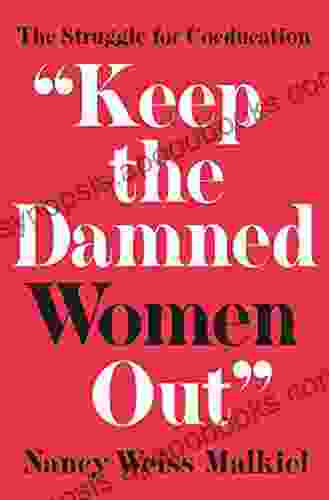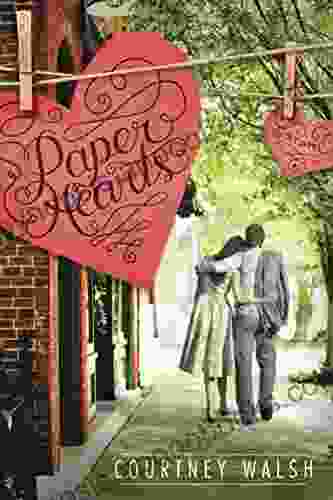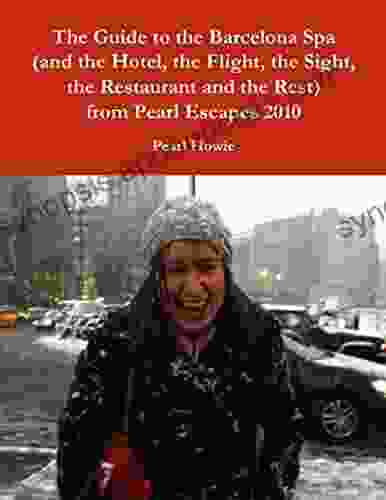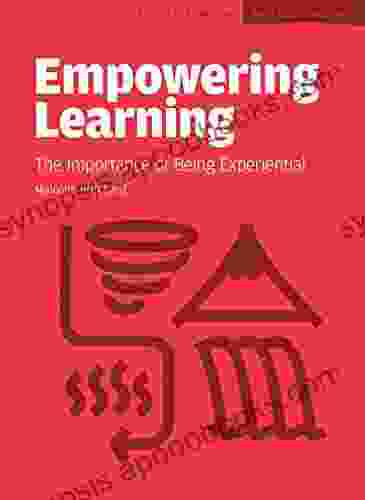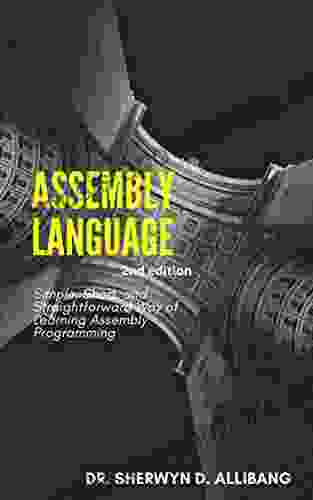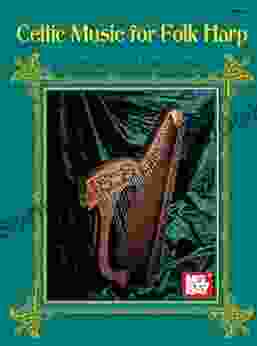How to Understand the Limits of Presidential Power: A Comprehensive Guide for Citizens

The presidency of the United States is one of the most powerful offices in the world. The president is the commander-in-chief of the armed forces, the chief diplomat, and the head of state. However, the president's power is not unlimited. The Constitution establishes a system of checks and balances that limits the president's authority and ensures that no one person or branch of government can become too powerful.
This book provides a comprehensive overview of the limits of presidential power. It explores the constitutional framework, historical precedents, and legal checks and balances that constrain the actions of the president. It also provides essential insights for citizens seeking to understand the boundaries of presidential authority and protect the balance of power in a democratic society.
The Constitution establishes the basic framework for the division of power between the three branches of government. The president is the head of the executive branch, but his or her power is limited by the powers of the legislative and judicial branches.
5 out of 5
| Language | : | English |
| File size | : | 599 KB |
| Text-to-Speech | : | Enabled |
| Screen Reader | : | Supported |
| Enhanced typesetting | : | Enabled |
| Word Wise | : | Enabled |
| Print length | : | 280 pages |
| Lending | : | Enabled |
The legislative branch has the power to make laws, declare war, and raise taxes. The judicial branch has the power to interpret the laws and overturn presidential actions that violate the Constitution.
The system of checks and balances ensures that no one branch of government can become too powerful. The president can veto laws passed by Congress, but Congress can override the veto with a two-thirds vote. The courts can declare presidential actions unconstitutional, and the president can appoint judges to the Supreme Court, but the Senate must confirm the appointments.
The limits of presidential power have been tested throughout American history. Some presidents have tried to expand their authority beyond the limits set by the Constitution, while others have been more willing to respect the boundaries of their power.
One of the most famous examples of a president who tried to expand his authority was Abraham Lincoln during the Civil War. Lincoln issued the Emancipation Proclamation, which freed slaves in Confederate-held territory, without the approval of Congress. This action was controversial at the time, but it was later upheld by the Supreme Court.
Another example of a president who tried to expand his authority was Franklin D. Roosevelt during the Great Depression. Roosevelt created a number of new government programs, such as the Social Security Administration, without the approval of Congress. These programs were later upheld by the Supreme Court, but they also led to a significant increase in the size and scope of the federal government.
The Constitution establishes a number of legal checks and balances that limit the president's power. These checks and balances include:
- Congressional oversight: Congress has the power to investigate the president and his or her administration. Congress can also impeach the president for "treason, bribery, or other high crimes and misdemeanors."
- Judicial review: The courts have the power to declare presidential actions unconstitutional. This power is known as judicial review.
- The Electoral College: The president is not elected directly by the people. Instead, he or she is elected by the Electoral College, which is composed of electors chosen by the voters in each state. This system helps to ensure that the president has the support of a majority of the states.
Citizens play an important role in limiting the president's power. Citizens can:
- Vote: Citizens can vote for candidates who support the limits on presidential power. Citizens can also vote against candidates who try to expand their authority.
- Lobby: Citizens can lobby their elected representatives to support legislation that limits presidential power. Citizens can also lobby against legislation that expands presidential authority.
- Protest: Citizens can protest against presidential actions that they believe violate the Constitution or the limits of presidential power.
The limits of presidential power are essential to the preservation of a democratic society. The Constitution establishes a system of checks and balances that ensures that no one person or branch of government can become too powerful. Citizens play an important role in limiting the president's power by voting, lobbying, and protesting.
This book has provided a comprehensive overview of the limits of presidential power. It has explored the constitutional framework, historical precedents, and legal checks and balances that constrain the actions of the president. It has also provided essential insights for citizens seeking to understand the boundaries of presidential authority and protect the balance of power in a democratic society.
5 out of 5
| Language | : | English |
| File size | : | 599 KB |
| Text-to-Speech | : | Enabled |
| Screen Reader | : | Supported |
| Enhanced typesetting | : | Enabled |
| Word Wise | : | Enabled |
| Print length | : | 280 pages |
| Lending | : | Enabled |
Do you want to contribute by writing guest posts on this blog?
Please contact us and send us a resume of previous articles that you have written.
 Book
Book Novel
Novel Page
Page Chapter
Chapter Text
Text Story
Story Genre
Genre Reader
Reader Library
Library Paperback
Paperback E-book
E-book Magazine
Magazine Newspaper
Newspaper Paragraph
Paragraph Sentence
Sentence Bookmark
Bookmark Shelf
Shelf Glossary
Glossary Bibliography
Bibliography Foreword
Foreword Preface
Preface Synopsis
Synopsis Annotation
Annotation Footnote
Footnote Manuscript
Manuscript Scroll
Scroll Codex
Codex Tome
Tome Bestseller
Bestseller Classics
Classics Library card
Library card Narrative
Narrative Biography
Biography Autobiography
Autobiography Memoir
Memoir Reference
Reference Encyclopedia
Encyclopedia Colin Wright
Colin Wright Cleopatra Mathis
Cleopatra Mathis Dale Wayne Slusser
Dale Wayne Slusser Corinne Michaels
Corinne Michaels Hiromi Uehara
Hiromi Uehara Dan Brown
Dan Brown Mois Benarroch
Mois Benarroch Clem Martini
Clem Martini Earl A Grollman
Earl A Grollman Rose Michaels
Rose Michaels Sara Teasdale
Sara Teasdale Connie Johnston
Connie Johnston Leon Langford
Leon Langford Daniel S Markey
Daniel S Markey Crystal Kinn Tarver
Crystal Kinn Tarver Courtney Flynn
Courtney Flynn Costanza Casullo
Costanza Casullo Colin Blakeslee
Colin Blakeslee William Perry
William Perry Elizabeth Briggs
Elizabeth Briggs
Light bulbAdvertise smarter! Our strategic ad space ensures maximum exposure. Reserve your spot today!
 John KeatsFollow ·3.6k
John KeatsFollow ·3.6k John Dos PassosFollow ·10.3k
John Dos PassosFollow ·10.3k Ralph EllisonFollow ·16.8k
Ralph EllisonFollow ·16.8k James JoyceFollow ·12.1k
James JoyceFollow ·12.1k Alvin BellFollow ·7.3k
Alvin BellFollow ·7.3k Ryan FosterFollow ·14.2k
Ryan FosterFollow ·14.2k Brady MitchellFollow ·2.3k
Brady MitchellFollow ·2.3k Cooper BellFollow ·19.4k
Cooper BellFollow ·19.4k
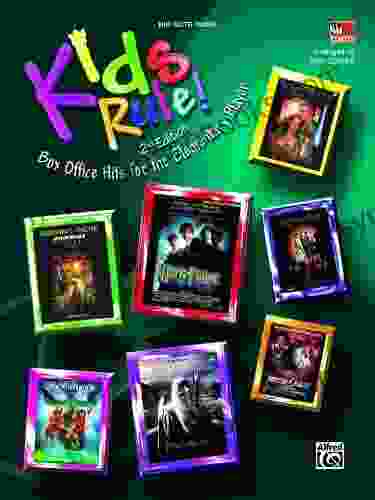
 Cooper Bell
Cooper BellKids Rule Box Office Hits for the Elementary Player
Empowering Young Performers:...
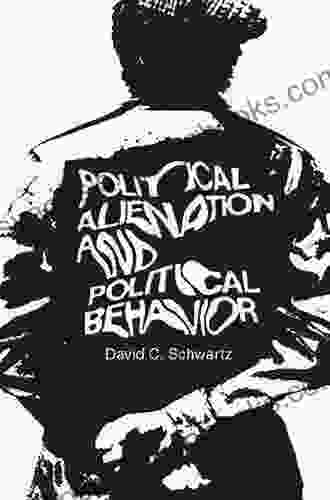
 Gabriel Blair
Gabriel BlairUnraveling the Enigma: Political Alienation and Its...
In the labyrinthine tapestry of human...

 Anthony Burgess
Anthony BurgessBe a Great Singer: Unleash Your Musical Talent with...
Do you dream of singing with...
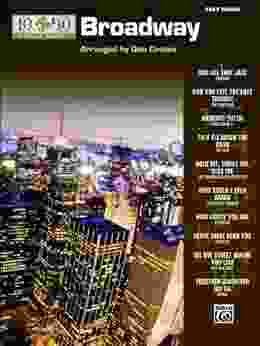
 Heath Powell
Heath PowellDive into a Musical Masterpiece: "10 for 10 Sheet Music...
An Enchanting Journey Through Broadway...
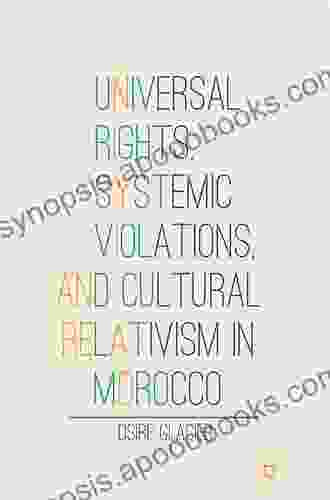
 Guy Powell
Guy PowellUniversal Rights, Systemic Violations, and Cultural...
The notion of universal human rights is a...
5 out of 5
| Language | : | English |
| File size | : | 599 KB |
| Text-to-Speech | : | Enabled |
| Screen Reader | : | Supported |
| Enhanced typesetting | : | Enabled |
| Word Wise | : | Enabled |
| Print length | : | 280 pages |
| Lending | : | Enabled |


